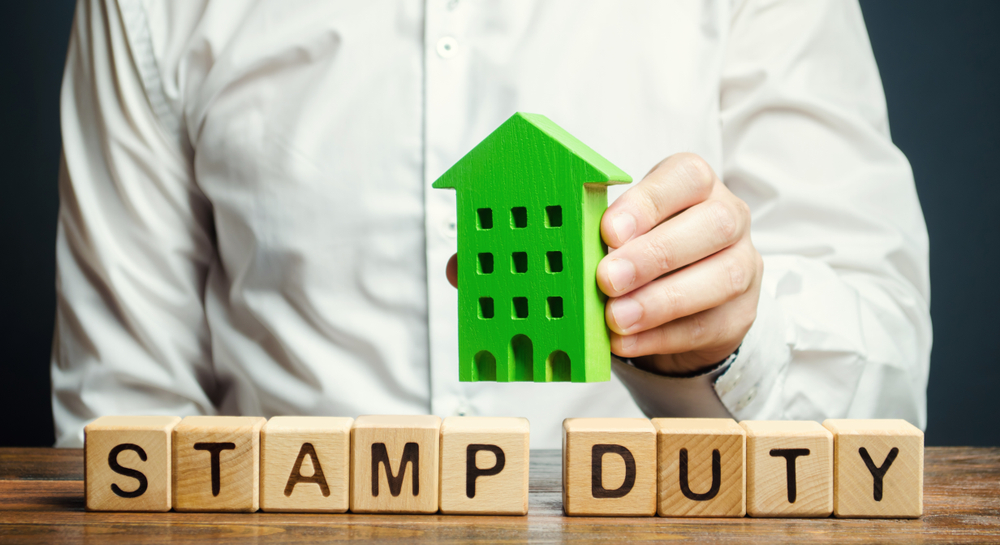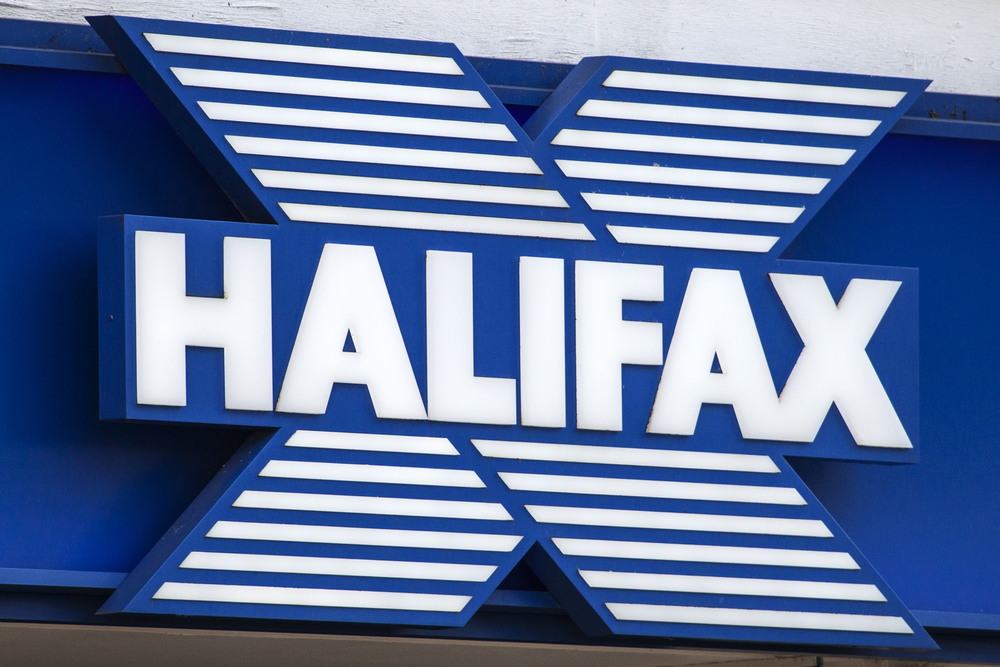
Homebuyers are set to pay 110% more in stamp duty by 2030, with receipts jumping from £8.6bn in 2023 to £18.1bn in 2030. This is according to Coventry Building Society’s analysis of the Office for Budget Responsibility (OBR) forecast.
The spike of stamp duty receipts far outpaces the projected 41% growth in residential property transactions over the same period, outlining how much more individual homebuyers will be paying in tax.
With the OBR also predicting house price increases of 15% in the next six years, the surge in stamp duty receipts will be fuelled by the combination of more homes being bought at higher prices while thresholds fall to capture more buyers.
At the same time, tax bills for landlords and holiday home buyers will also have an extra surcharge added on top.
In the recent Budget the stamp duty surcharge on additional properties was increased from 3% to 5% – meaning anyone buying an average-priced property in England as an additional property had an overnight tax hike of £6,192.
And at the beginning of April 2025, the nil-rate thresholds will drop from £250,000 to £125,000 for home movers, and from £425,000 to £300,000 for first time buyers.
Commenting on the latest research Coventry Building Society head of mortgage relations Jonathan Stinton said: “The amount homebuyers pay in stamp duty is set to double by 2030 – that means a pretty hefty increase for anyone looking to buy a home over the next few years. Landlords already took the first hit when the 5% surcharge came into effect overnight, and buyers across the board now have to brace themselves for the April cliff edge.”
He added: “These hikes are beneficial to the Treasury, but the balance needs to be just right so people aren’t dissuaded from buying homes. The health of the housing market is dependent on people being able to buy and sell fairly easily, which could be impacted if the tax burden becomes too costly to bear.”



